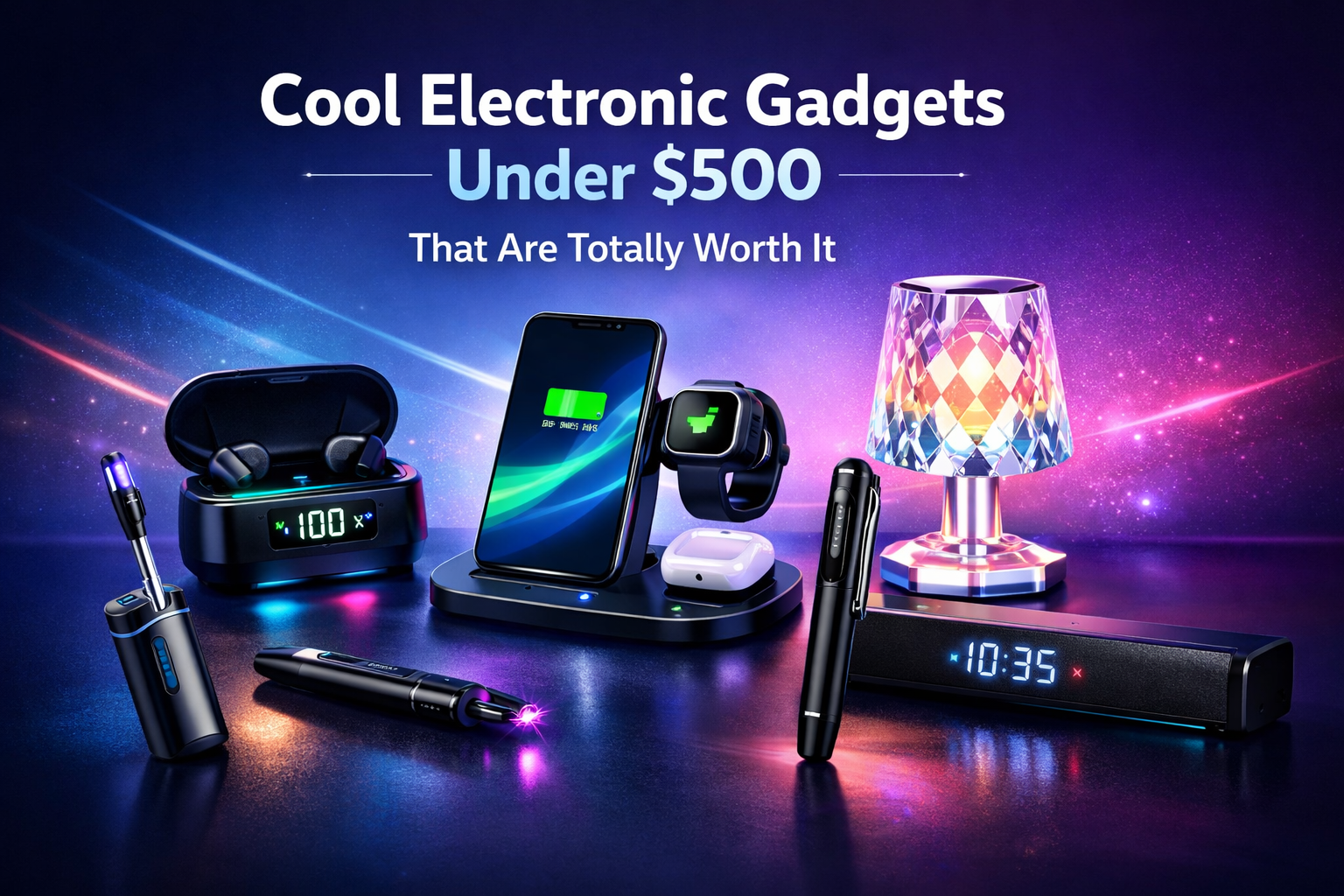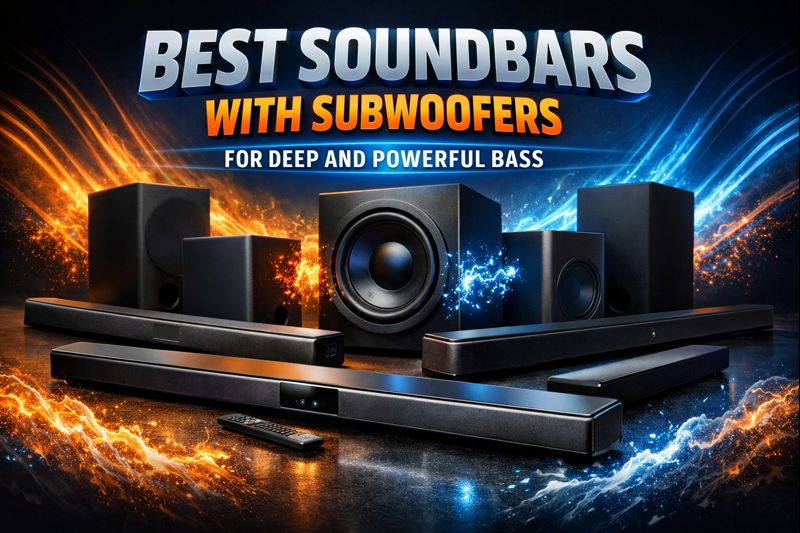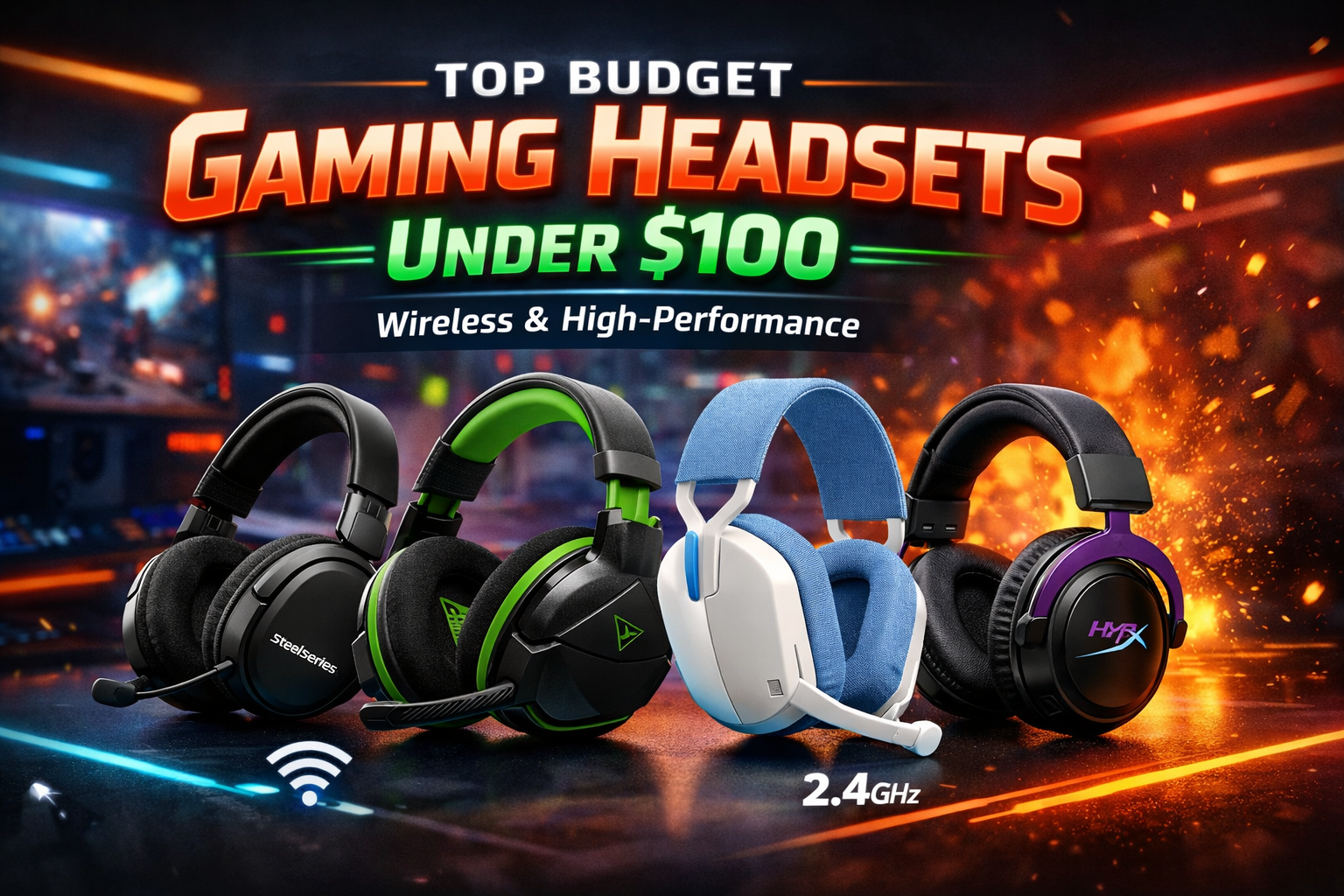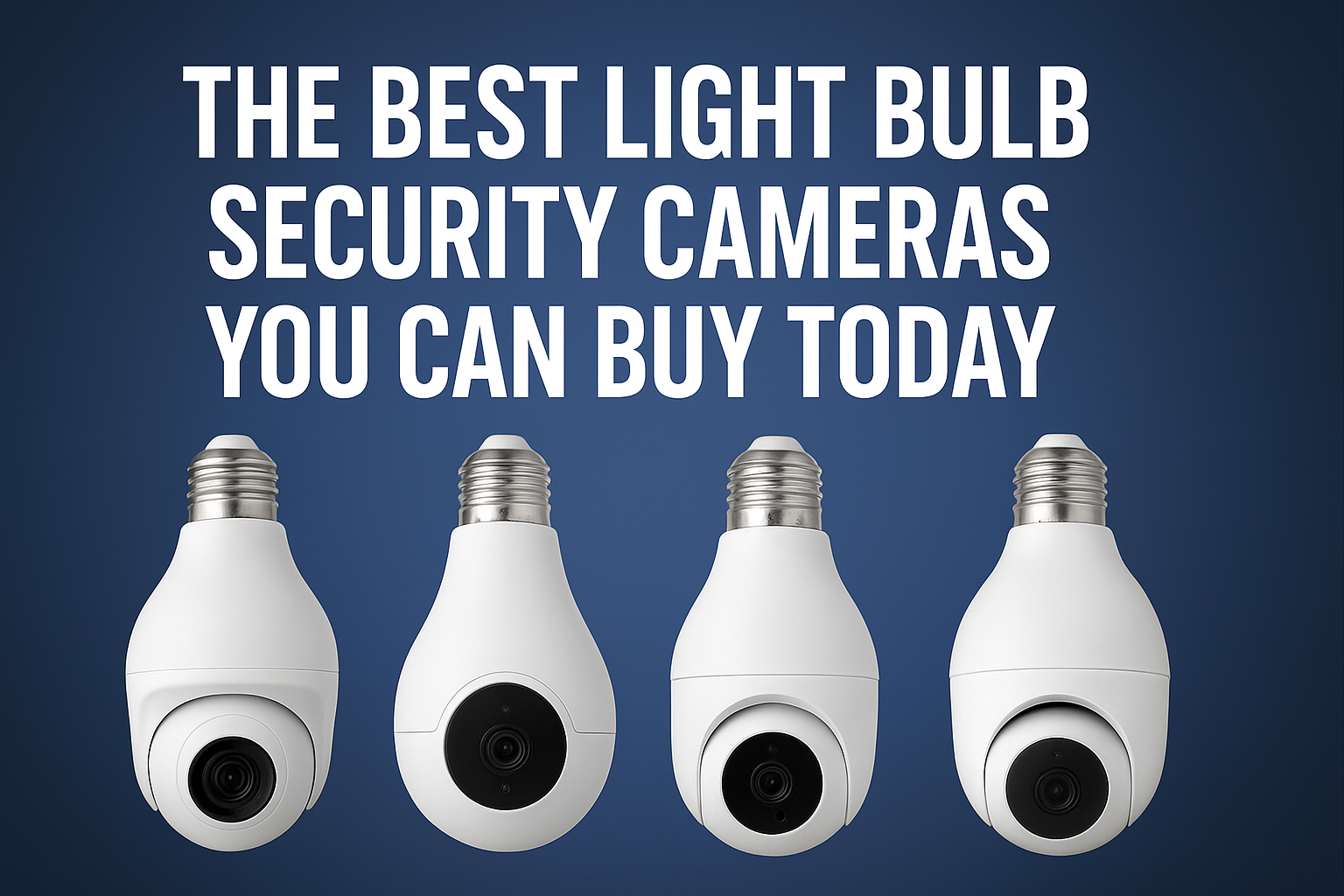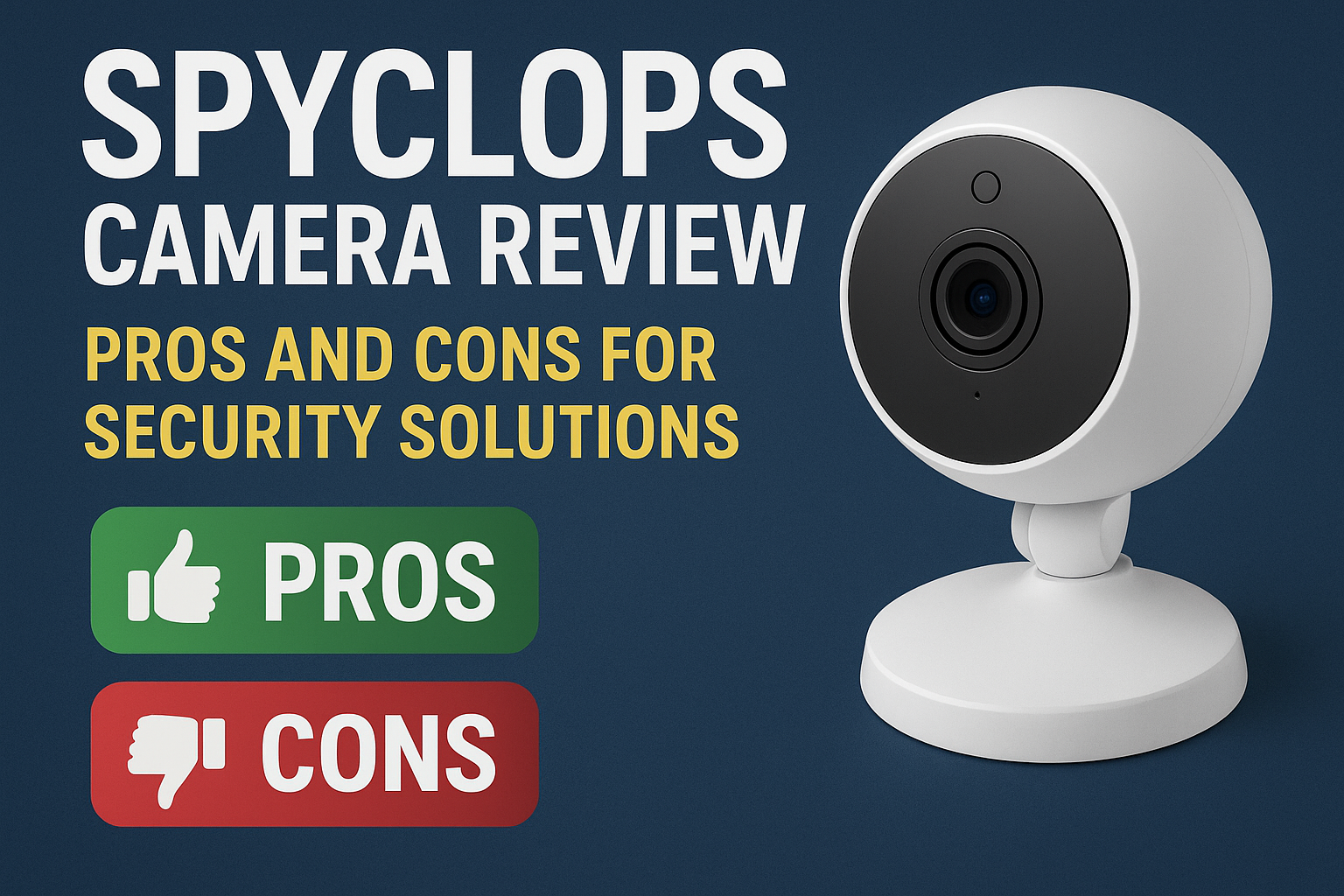Best Headphones for Cycling
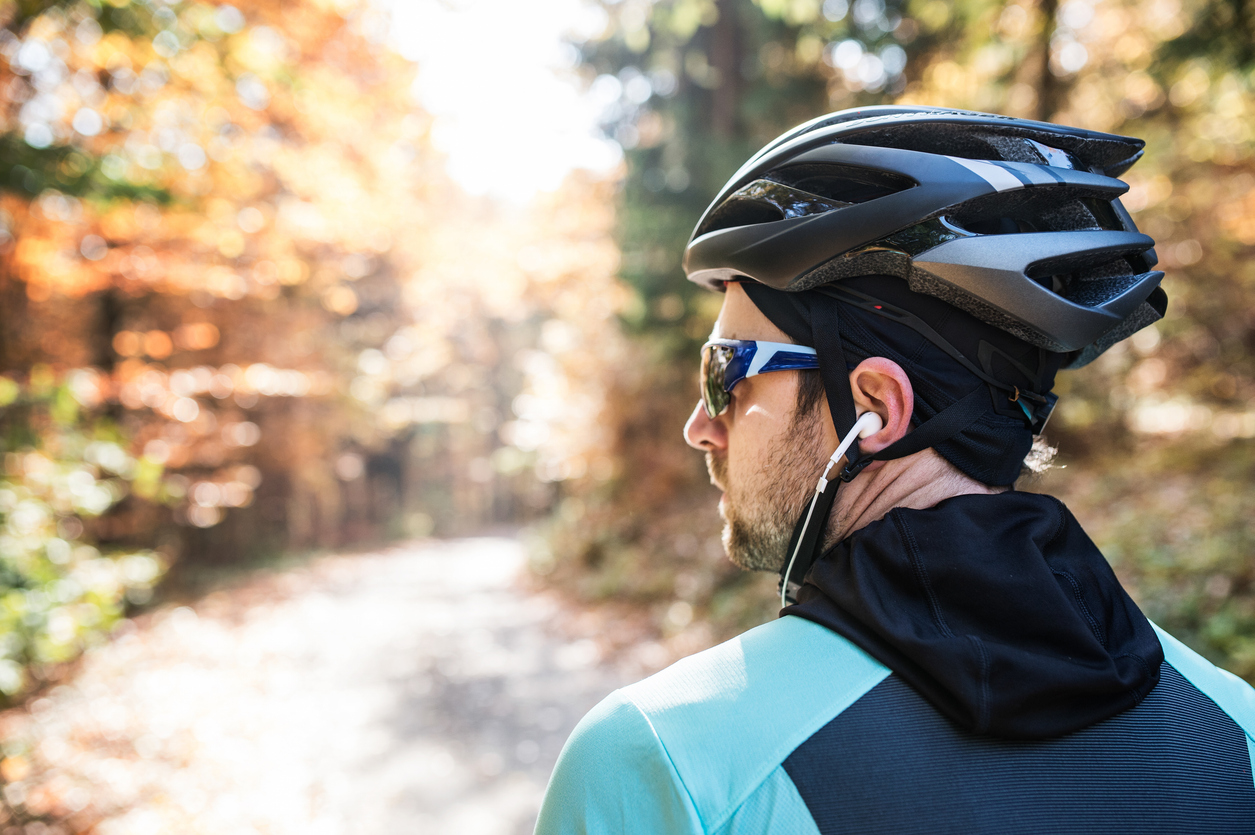
So if you’re in the market for the best headset for cycling, this guide will walk you through everything you need to know. We’ll talk about features to look for, types of headphones to avoid, and our top recommendations tailored to different types of riders.
Cycling with the right headphones makes your rides more enjoyable, whether you’re listening to your favorite playlist, staying connected on calls, or following a navigation app. Below, we explore the best headphones for cycling, combining features like safety, comfort, durability, and exceptional sound quality. Each option is designed to cater to the needs of riders, whether you’re commuting or tackling long-distance trails.
Why Your Regular Headphones Might Not Be the Best for Cycling
Let’s face it—most people grab whatever headphones they have lying around when heading out on their bike. While that might work in a pinch, regular over-ear or wired headphones often fall short for a few key reasons:
- Noise Isolation Can Be Dangerous: Total noise cancellation might sound appealing, but when you’re on a busy street or riding through a city, not being able to hear cars or pedestrians is a serious safety risk.
- Fit and Stability: A headset that shifts, slides, or bounces during your ride is not just annoying—it can be dangerous. Poor fit distracts you and forces adjustments mid-ride.
- Wired Gets in the Way: Wires are a nightmare on a bike. They get tangled in gear, bounce around, and can even catch on handlebars.
- No Sweat/Water Resistance: Cycling, especially in the summer or during intense workouts, leads to sweat. Cheap or indoor-use headsets can quickly become slippery, damaged, or just plain uncomfortable.
- With all that in mind, let’s dive into what actually makes a great cycling headset.
What to Look for in a Headset for Cycling
Here are the must-have features for anyone serious about finding the right pair of cycling headphones:
1. Open-Ear or Ambient Sound Awareness
Headphones that allow in ambient sound are critical. You don’t want to be completely isolated from your environment when you’re around traffic, pedestrians, or trail obstacles. This is why bone conduction and open-ear headphones have exploded in popularity among cyclists.
2. Secure Fit
You need a headset that stays put, no matter how rough the terrain gets. Look for:
- Ear hooks
- Headbands that rest behind the head
- Lightweight build
- No bouncing or shifting during movement
3. Sweat and Water Resistance
At a minimum, your cycling headset should be IPX4 rated (splash resistant), but the higher the better. IPX5 or IPX7 models are ideal if you ride in variable weather conditions.
4. Battery Life
You don’t want your headphones dying mid-ride. Look for at least 6-8 hours of battery life. Many newer models now offer 10+ hours, which is perfect for long rides or full-day adventures.
5. Wireless Connectivity
Bluetooth is a must. Not only does it keep your setup clean and wire-free, but many headsets also allow you to take calls, activate voice assistants, and even track ride stats through companion apps.
Best Types of Headsets for Cycling
Let’s go over the major categories and who they’re best suited for:
Bone Conduction Headphones
Ideal for: Road cyclists, commuters, safety-conscious riders
Bone conduction headphones rest on your cheekbones and send sound through vibrations, bypassing your eardrums entirely. This keeps your ears open so you can still hear the world around you.
Pros:
- Keeps you fully aware of surroundings
- Comfortable and stable fit
- Lightweight
Cons:
- Lower sound quality and bass response
- Sound can be hard to hear in windy conditions
Open-Ear Sports Earbuds
Ideal for: Urban riders, fitness cyclists
Open-ear earbuds (like the Sony LinkBuds) are small and designed to sit outside the ear canal, allowing ambient noise in while delivering solid audio. They usually come with fins or clips to keep them in place during motion.
Pros:
- Ambient sound awareness
- Generally better audio than bone conduction
- Lightweight and discrete
Cons:
- Less secure than bone conduction on bumpy roads
- Can let in too much ambient noise in loud areas
In-Ear Wireless Earbuds (With Transparency Mode)
Ideal for: Casual riders, tech-savvy cyclists
Some premium in-ear headphones, like Apple’s AirPods Pro or the Beats Fit Pro, offer a “transparency mode” that uses microphones to pass through outside noise. These can offer a nice middle ground for those who want good sound but also need to hear the world.
Pros:
- Excellent audio quality
- Noise-canceling + transparency flexibility
- Compact and convenient
Cons:
- Can fall out on rugged rides
- Might block sound if transparency mode is off
- Not ideal for off-road or heavy-traffic cycling
Top Headset Recommendations for Cyclists (2025 Picks)
Here are some of the most popular and well-reviewed headsets for cycling available now:
1. Bose QuietComfort Wireless Noise Cancelling Headphones
Sandstone Bluetooth 5.1- Stereo, 3.5 mm jack, Plastic, aluminum, protein leather, USB-C charge cable - detachable - 1 ft
Features:
- Active noise cancellation
- Wireless Bluetooth with multi-point pairing
- Up to 24 hours of battery life
- Lightweight with plush ear cushions
- Built-in voice assistant support
Pros:
- Superior noise cancellation (great in urban areas)
- Long-lasting comfort for long rides
- Excellent sound quality
- Stable Bluetooth connectivity
Cons:
- Expensive
- Fully over-ear, which can get warm during intense rides
- Noise cancellation may block out important ambient sounds (traffic, etc.)
Why Buy:
If you want luxury, incredible audio clarity, and you’re cycling in quieter or controlled environments, these are hard to beat. But safety-wise, noise cancellation can be a double-edged sword outdoors.
2. HyperX Cloud Stinger S Gaming Headset
HyperX Cloud Stinger S Gaming Headphone
HyperX Cloud Stinger S Wired Gaming Headset with Virtual 7.1 Surround
Features:
- Wired connection with virtual 7.1 surround sound
- Lightweight with rotating ear cups
- Swivel-to-mute mic
- Foam-padded headband
Pros:
- Comfortable and lightweight
- Great value for sound quality
- Durable design
Cons:
- Wired—awkward for cycling
- Bulky for outdoor movement
- Not sweat-resistant
Why Buy:
This headset is more suitable for home use or stationary cycling (like spin classes). For on-the-road cycling, skip it.
3. Astro A30 Wireless Headset
Astro A30 Wireless Headset
Versatile, High-Quality Sound for Gaming and Music
Features:
- Wireless with low latency
- Custom EQ profiles via app
- Swappable mic options (boom or built-in)
- Multi-platform compatibility
Pros:
- Great sound with app tuning
- Wireless freedom
- Modern, compact design
Cons:
- Expensive
- May not be snug enough for aggressive rides
- No sweatproof rating
Why Buy:
Among gaming headsets, this is one of the few that could work for casual biking. It’s wireless, compact, and versatile—but don’t rely on it for workouts in rain or heat.
4. TUF Gaming H3 Headset
Durable, Comfortable, & High-Quality Sound
Features:
- 50mm drivers for deep bass
- Lightweight with a stainless steel headband
- Virtual 7.1 surround (on PC)
- 3.5mm jack
Pros:
- Rugged build
- Decent passive noise isolation
- Affordable
Cons:
- Wired—limits mobility
- No water/sweat resistance
- Bulky for helmets or hats
Why Buy:
Great budget choice for indoor rides or gaming. Skip it for actual outdoor cycling.
5. HyperX Cloud Stinger 2 Core (PS4/PS5)
PS4/PS5 | Comfortable & Durable
Features:
- Lightweight frame
- Wired 3.5mm connection
- Clear mic with swivel mute
- Tuned for console audio
Pros:
- Very affordable
- Surprisingly decent mic
- Comfortable for long use
Cons:
- Not wireless
- Lacks outdoor durability
- No portability design
Why Buy:
Fantastic for console gaming, but definitely not made for any type of movement-heavy activity like cycling.
6. HyperX CloudX Stinger 2 Core (Xbox)
Over Ear Gaming Headset For Xbox
Features:
- Over-ear design with noise-isolating cups
- Compatible with Xbox controllers
- Lightweight and adjustable
Pros:
- Certified for Xbox (plug-and-play)
- Clear voice pickup
- Budget-friendly
Cons:
- No Bluetooth
- Wired
- Lacks any weather or sweat resistance
Why Buy:
Same verdict—stick to gaming or home use. This headset doesn’t belong on a bike path.
7. ASUS ROG Delta USB-C Gaming Headset
ASUS ROG Delta USB-C Gaming Headset
Hi-Res Audio & Superior Comfort
Features:
- Hi-res DAC audio
- USB-C for mobile/PC/switch
- Detachable mic
- Aura Sync RGB lighting
Pros:
- Incredible audio fidelity
- Futuristic design
- Great mic clarity
Cons:
- USB-C limits device compatibility
- Bulky and heavy for cycling
- Zero sweat resistance
Why Buy:
This headset is built for gaming and style—not motion. It’s a great audio product, but not a cycling companion.
8. HyperX CloudX – Gaming Headset for Xbox
Signature HyperX Comfort| Durable Aluminum Frame| Immersive Audio Experience
Features:
- Wired with 3.5mm connection
- Padded ear cups for comfort
- Certified by Xbox
Pros:
- Good value
- Clear, directional sound
- Comfortable over time
Cons:
- Wired only
- Too bulky for outdoor use
- No environmental durability
Why Buy:
Best left for console setups or indoor trainers. It has zero advantages outdoors.
9. HyperX Cloud Stinger Core Wireless
HyperX Cloud Stinger Core Wireless
Gaming-Grade Wireless Connection| DTS® Headphone:X® Spatial Audio| Lightweight Comfort| Immersive In-Game Audio
Features:
- Wireless via 2.4GHz connection
- Up to 17 hours battery life
- Lightweight build
- Flip-to-mute mic
Pros:
Cons:
- Not Bluetooth (uses USB receiver)
- No water/sweat resistance
- Not stable for rugged rides
Why Buy:
A potential pick for casual or urban cyclists looking for affordable wireless sound. Just don’t expect it to survive in tough outdoor conditions.
10. JLab JBuddies Studio Pro Over-Ear Headphones
JLab JBuddies Studio Pro Over-Ear
wired - 3.5 mm jack| Frequency Response 20 - 20000 Hz - Sensitivity 85 dB| Neodymium magnet
Features:
- Designed for kids (safe volume levels limited to 85dB)
- Over-ear design with plush cushions
- Foldable and lightweight for portability
- Built-in microphone for calls or online classes
- Tangle-free braided nylon cable
- Audio share jack for two users to listen at once
Pros:
- Kid-safe volume cap protects hearing
- Comfortable fit with soft cushions and adjustable headband
- Durable cable that resists tangling and breaking
- SharePort feature is great for siblings or friends
- Stylish and fun design for younger users
Cons:
- Not suitable for adults or anyone needing higher volume
- No Bluetooth, so it’s wired only
- Limited sound detail compared to adult-focused headphones
- Microphone quality is basic, best for casual use
Why Buy:
This is an ideal headset for children or young students who need a safe, comfortable, and reliable headphone option for schoolwork, travel, or entertainment. Its kid-friendly features like the volume limiter and shared listening jack make it perfect for families, especially those who care about hearing safety.
11. Lenovo Select USB Wired Stereo Headset
Lenovo Select USB Wired Stereo Headset| Storm Grey| Length
1.8 m| 20~20 KHz| 50 mA| USB 2.0| 116+/-3 dB at 1KHz/0.179 V| 198x187x73 mm (7.80x7.36x2.87 inch)| Directional| USB-A
Features:
- USB-A connectivity for plug-and-play use on PCs
- Adjustable headband and lightweight build
- Built-in boom microphone with noise-reduction
- In-line volume and mute controls
- Stereo sound for calls, meetings, and multimedia
Pros:
- Easy USB plug-and-play setup
- Comfortable design for long meetings or classes
- Clear microphone with noise-reduction for professional calls
- Affordable and reliable for work-from-home or office settings
- In-line controls make adjustments quick and simple
Cons:
- Wired only, no Bluetooth or wireless options
- Not ideal for mobile devices (USB-A only)
- Sound quality is basic, not suited for music lovers
- No surround sound or advanced audio features
Why Buy:
Perfect for remote workers, students, or office users, the Lenovo Select USB headset offers everything you need for Zoom calls, Teams meetings, and online training. It’s affordable, easy to use, and delivers reliable voice clarity, making it a smart buy for professionals on a budget.
Headsets to Avoid for Cycling
Some types of headsets are better left at home:
- Full Over-Ear Headphones: Too bulky, make you sweat, isolate you from your environment.
- Wired Gaming Headsets: Designed for stationary use, heavy, and non-resistant to movement or sweat.
- True Wireless Earbuds Without Ear Hooks: Risk falling out and being lost during a ride.
Final Thoughts: Best Cycling Headset – Fazter Pick
Choosing the right headset for cycling comes down to balancing safety, comfort, and performance. At Fazter, we recommend looking beyond traditional headphones and focusing on gear that enhances your ride without compromising awareness.
For riders who want excellent sound and smart safety features, the Beats Fit Pro is a top pick. Its secure fit, sweat resistance, and transparency mode make it a strong all-rounder for both casual and serious cyclists.
If comfort and ambient sound are your priority, the Sony LinkBuds offer an ultra-light, open-ear design that blends naturally into daily rides, especially in urban environments.
Whether you’re commuting or cruising the trails, your headset should keep up with your ride—not slow it down. Fazter’s take: choose headphones that fit your riding style, keep you alert, and don’t get in your way.
FAQ: Headsets for Cycling
1. Can I use regular headphones for cycling?
While it’s possible to use regular headphones for cycling, it’s not recommended due to safety concerns. Many traditional headphones, especially over-ear models, can block out important ambient sounds like traffic or pedestrians, which can be dangerous. Additionally, wired headphones can become tangled, and they are often uncomfortable for long rides.
2. What is the best type of headset for cycling?
The best type of headset for cycling depends on your preferences and riding conditions:
- Bone Conduction Headphones (like Shokz OpenRun Pro) are great for keeping your ears open to ambient sounds while still delivering audio.
- Open-Ear Earbuds (like Sony LinkBuds) are lightweight and allow ambient noise in, making them ideal for urban cycling.
- In-Ear Wireless Earbuds (like Beats Fit Pro) with transparency modes provide a balance of sound quality and awareness of your surroundings.
3. Why is battery life important for cycling headsets?
Battery life is crucial for cycling because you don’t want your headphones to die mid-ride, especially on long trips. Look for headphones that offer at least 6-8 hours of playback, with some models offering up to 10 hours or more.
4. Should I buy wired or wireless headphones for cycling?
Wireless headphones are generally more practical for cycling because they eliminate the need for cables, reducing the risk of tangling or getting caught on handlebars or gear. Bluetooth connectivity is also more convenient, allowing you to easily pair with your phone or device.
5. Are there cycling headsets that are sweat and water-resistant?
Yes! Many of the best headsets for cycling are sweat and water-resistant. Look for models with an IP rating such as IPX4, IPX5, or IPX7, which indicate the level of water and sweat resistance. IPX7, for example, can handle submersion in water up to 1 meter, making it ideal for all-weather cycling.
6. Can I take phone calls while cycling with these headsets?
Yes, many modern cycling headsets come with built-in microphones and Bluetooth capabilities, allowing you to take calls while cycling. However, it’s important to stay aware of your surroundings, so you may want to use these features sparingly and only in safe, low-traffic areas.
7. How do I keep my cycling headset secure during rides?
For a secure fit, look for headsets designed specifically for sports or cycling. Many models feature adjustable ear hooks, behind-the-head bands, or ear fins to ensure they stay in place. For bone conduction headsets, the lightweight design and snug fit keep them from shifting, even on bumpy terrain.
8. Are bone conduction headphones safe for cycling?
Yes, bone conduction headphones are often considered safer for cycling because they leave your ears open, allowing you to hear surrounding sounds like cars, honking, or other cyclists. This makes them ideal for road cyclists, commuters, and anyone who needs to stay aware of their environment.
9. What’s the difference between noise-canceling and transparency modes?
- Noise-Canceling: This feature reduces outside noise, allowing you to enjoy music or calls without distractions. However, it can block out important environmental sounds, which might not be ideal for outdoor cycling.
- Transparency Mode: This mode uses microphones to bring outside sounds into your headphones, letting you hear the environment around you while still listening to your audio. It’s perfect for cycling, as it balances awareness and entertainment.
10. Are there any headsets that are designed specifically for cycling?
While most headphones aren’t marketed specifically for cycling, there are a few brands like Shokz (formerly Aftershokz) and Bose that cater to outdoor activities and sports. These models typically focus on safety, comfort, and water resistance, making them ideal for cyclists.
